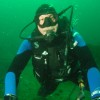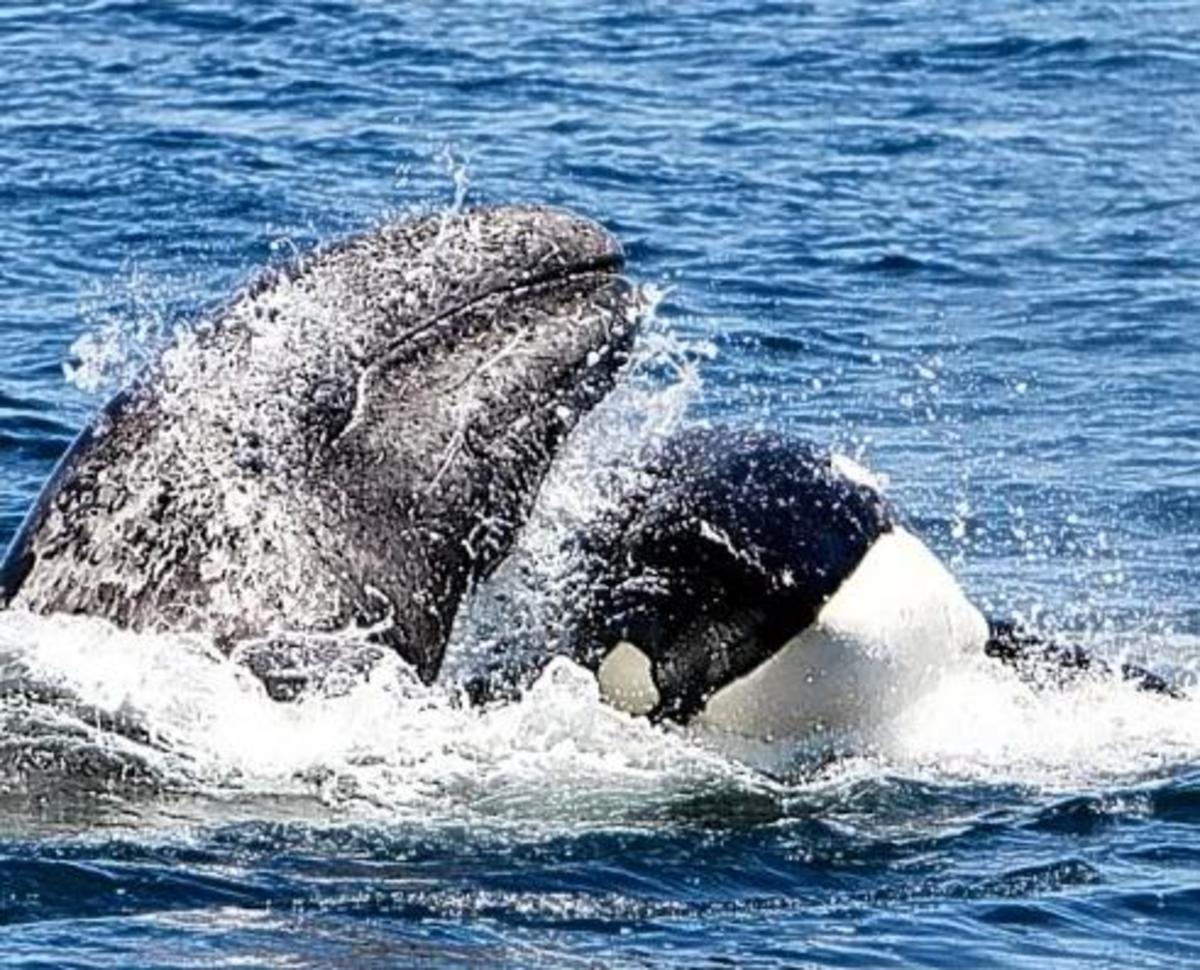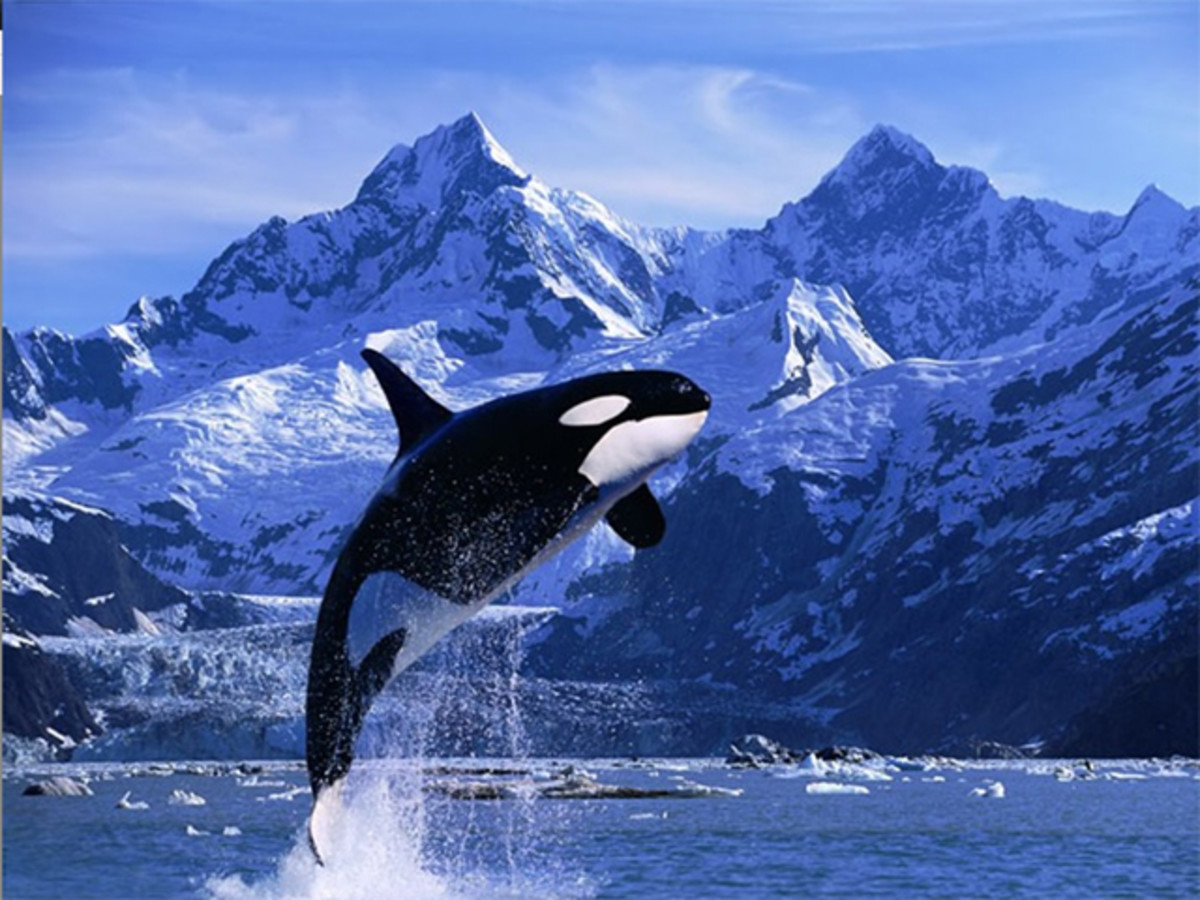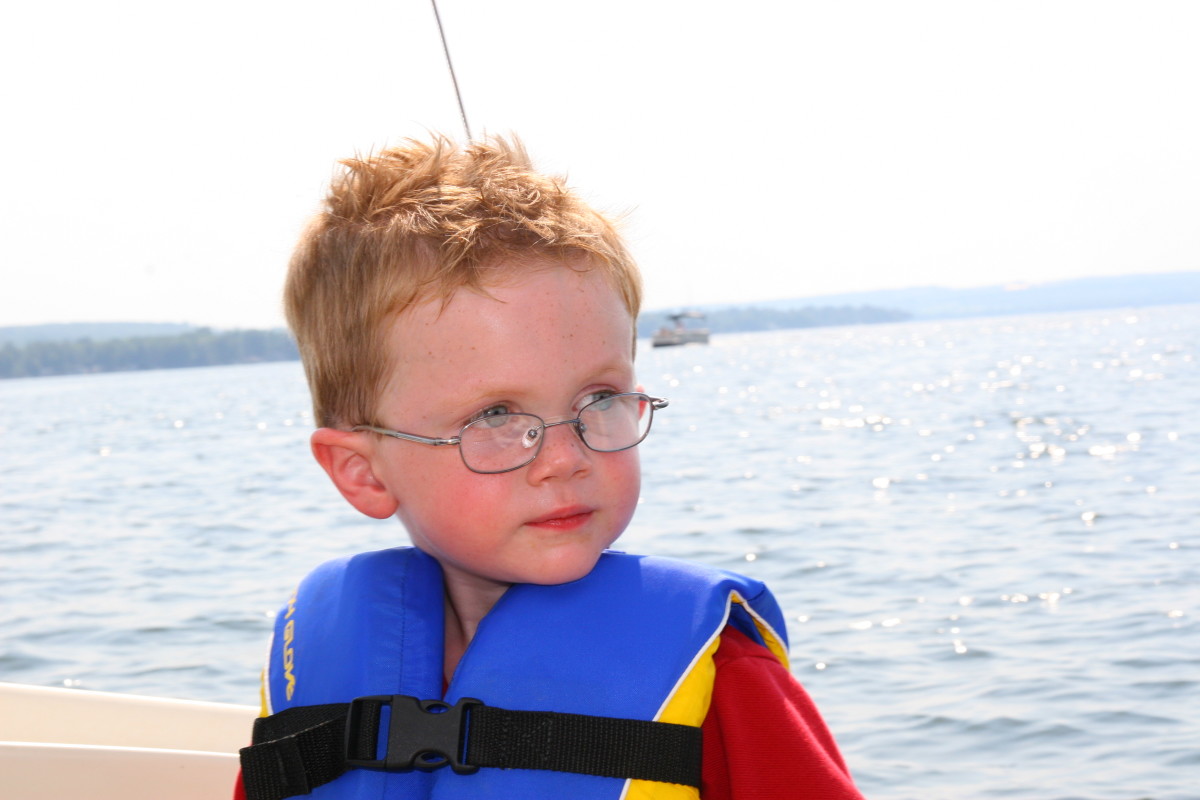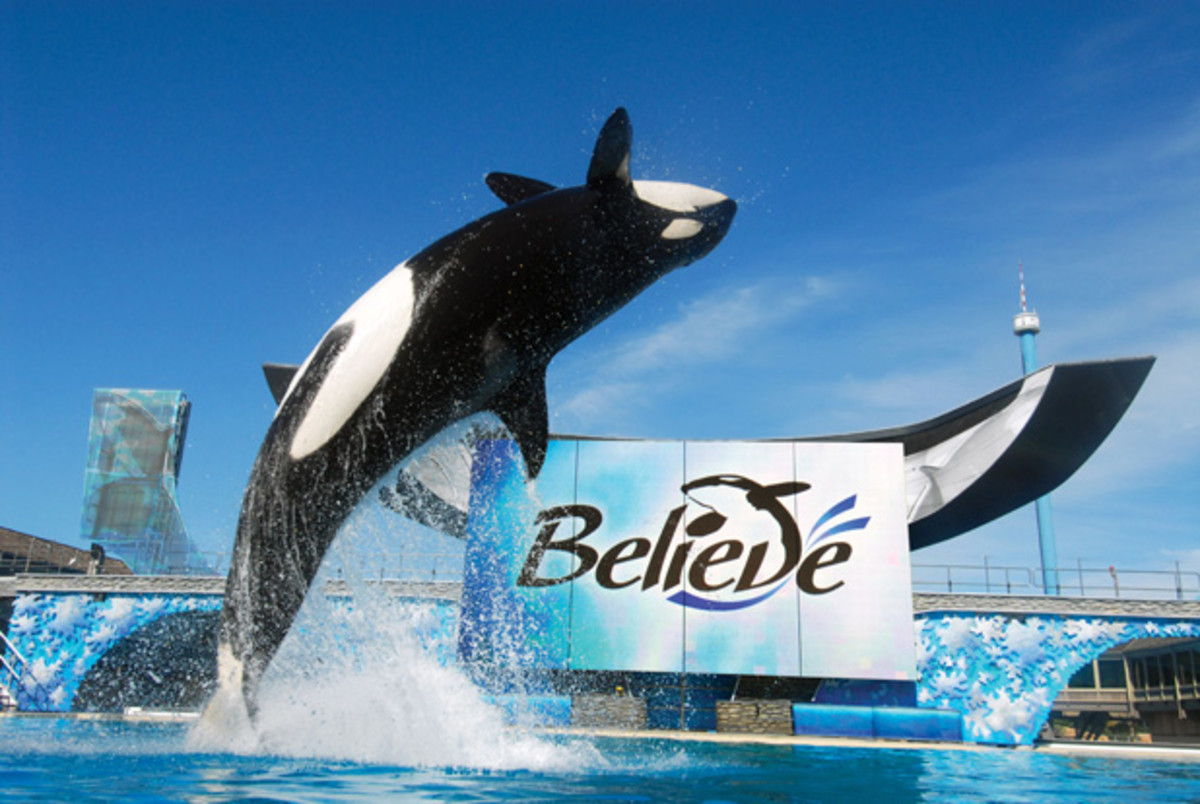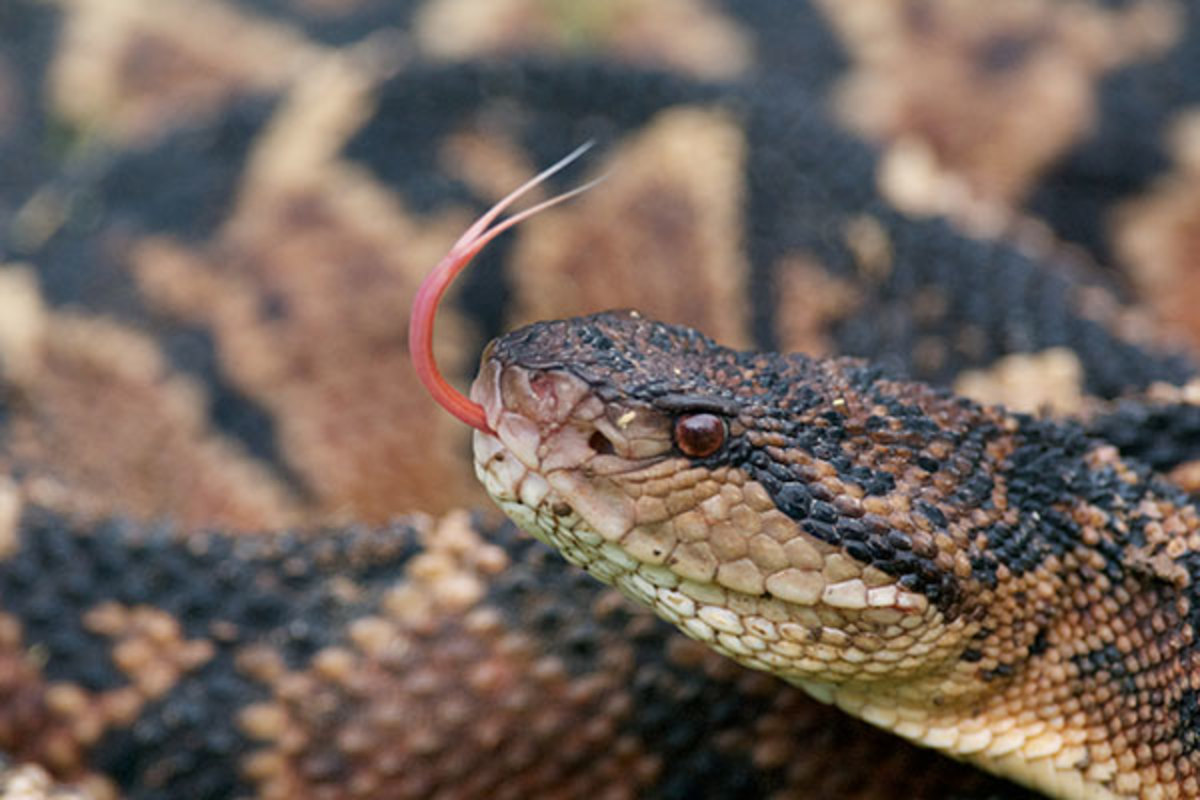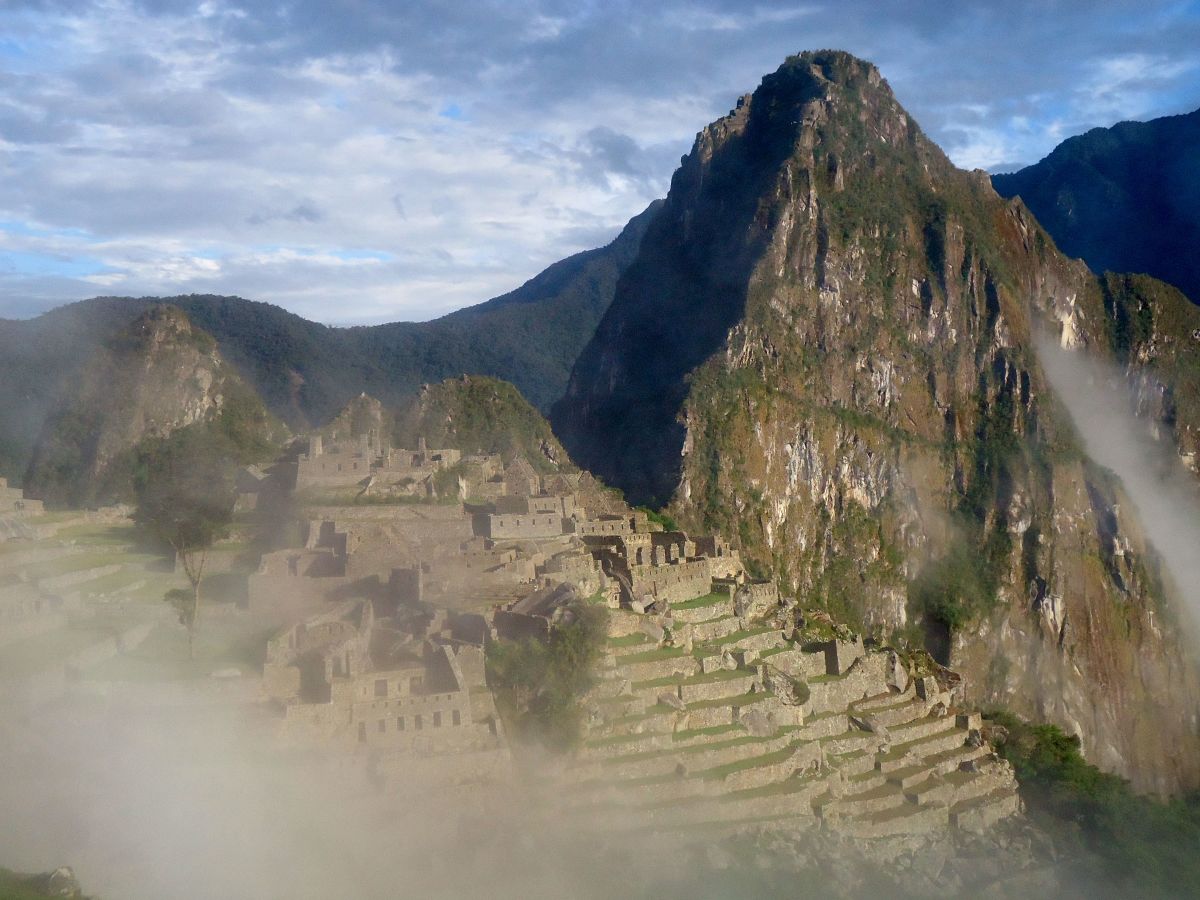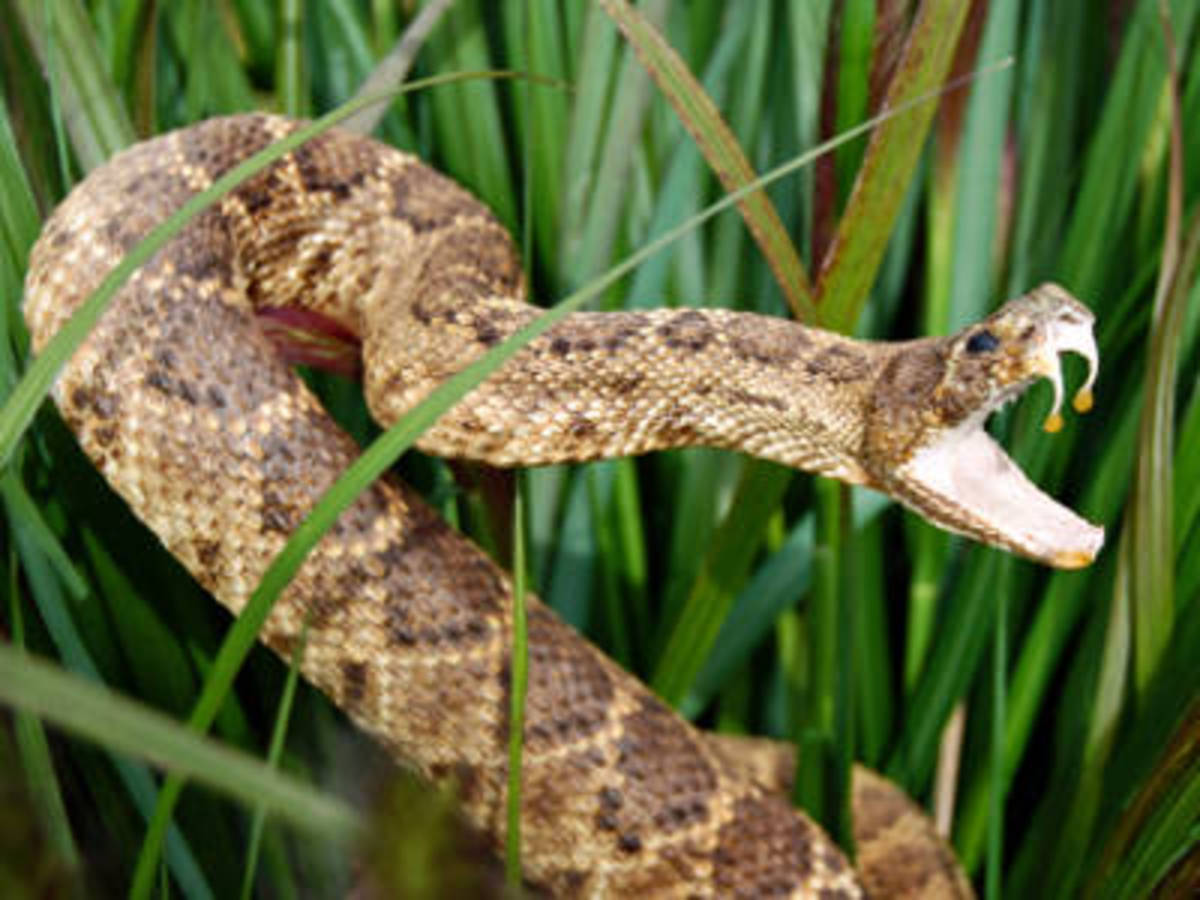A LIFE UNDERWATER CHAPTER 11 Sailing to the Galapagos with Killer Whales, Giant Marlin in the Horse Latitudes
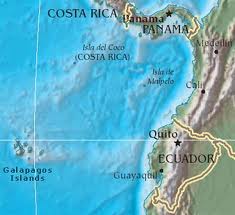
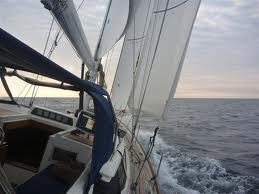
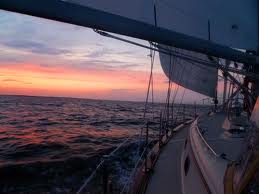
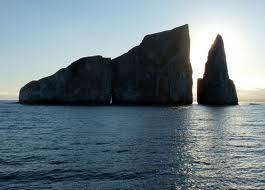
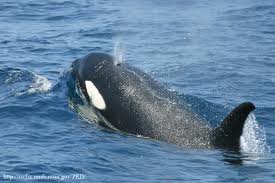
Killer Whales, Giant Marlin and the Horse Latitudes...Oh My!
CHAPTER 11
Killer Whales, Giant Marlin and Becalmed.... Oh My!
Their massive bodies were perfectly outlined in the green eerie glow of the ocean's bio luminescence! Their breath hissed from their blow holes filling the air around Rafiki with an odor like the inside of an old worn tennis shoe. There appeared to be a dozen killer whales in the pod swimming and rolling in the water around Rafiki as she bimbled along at a lazy four knots of speed under light breezes. The night sky was densely packed with an amazing blanket of stars painted on the canvas of a cloudless, moonless, panoramic heaven.
I had never seen that much bio luminescence in the water in my life, before or since. The wake of Rafiki was electric with the green glow of the disturbed dynoflagelates that illuminated when agitated by the passing keel of our sail boat. Also neon electric like in the dark waters were the outlines of the lumbering, frolicking killer whale bodies, now in close proximity to tiny Rafiki’s hull. If you went down below into the cabin of the boat, which was just beneath the waterline, you could actually hear the whales clicking, squealing and chattering as they “talked” to each other. One could only imagine what they were saying about us!
We were well out into the Bay of Panama, our compass heading set for the Galapagos Islands which would be a good two week sail away if the winds held and three weeks if they did not. The day had gone well and the weather was clear and perfect with the breeze pushing us along at a reasonable pace. Fish seemed to be jumping everywhere and I dug out my tackle box and rigged up a lure to trail behind the boat. I caught a nice dolphin fish for our dinner right away but lost the lure on the very next fish that struck it. I made a joke that my old Oklahoma freshwater lures could even catch fish in these rich waters and promptly rigged together a conglomerate of old ugly bass lures that I found at the bottom of my tackle box to troll along using our Penn 80 reel which was mounted on a stout fishing rod. Not ten minutes later the reel began singing and all of us watched in wonder and amazement as a massive blue marlin rose up out of the water with my bass lures draped across its giant bill!
I scrambled to grab the rod just in time to watch the monster fish take off like a rocket with gray hounding leaps away from the stern of our boat, stripping off yards of line in just a few seconds. At the same time, as I attempted to set the hook and lock down the reel preparing for a long fight, the great fish turned, stopped and then in slow motion and in seemingly great disdain for my puny bass lures shook its massive head and with its long powerful bill smacked the lure out across the water like a ballplayer hitting a line drive home-run to center field! In less than a minute I had hooked and lost the biggest fish I would ever feel on a rod and reel! For many moments I sat there watching the beast roll in our wake before leisurely swimming off, still remaining on the surface of the flat calm ocean! I reflected on the fact that I had hooked him, granted only for a few seconds, on an old Oklahoma bass lure that had belonged to my Dad when he was a young man! How cool was that!
Now, with a belly full from a fresh dolphin fish dinner, we all sat around the cockpit of Rafiki enjoying the night air and chatting and marveling at the fiery wake of bio luminescence behind Rafiki. That's when the pod of Killer Whales found us!
Suddenly the largest whale, a male, judging from the size of his towering dorsal fin, charged Rafiki! In disbelief we watched the green glowing mass of his body rocket toward Rafiki, slamming his head into the starboard hull just forward of amidships! The force of the blow knocked Rafiki onto her side, slewing her around to port, making the sails lose air and begin flapping and popping as they flogged themselves against the rigging. For the briefest moment we sat stunned and then all of us moved at the same time! I jumped down below because from such a great blow I was certain that the mighty whale had punched a hole in the hull and we would be in serious trouble very quickly. I listened for the tell tale rush of incoming water. Down below in the cabin I could hear the intense and excited cacophony of chatter from the whales. What were they saying! Why were they attacking our vessel?
Meanwhile I could hear Bill, Sue, Illene and Pasha all yelling and shrieking topside. “Oh my God... Here comes another one!” With a solid sickening crack, I heard as much as felt the impact of a second blow to Rafiki's hull which nearly knocked me off my feet. I began frantically ripping open lockers and pulling up floorboards searching for damage and listening for the rush of incoming water through our damaged hull.
There was none! I was stunned and relieved but from the shouts coming from the deck above it appeared to me we were still in serious trouble. I scrambled back up the ladder to the cockpit in time to see another massive whale rushing at Rafiki. We all braced for the blow but at the last second this whale dove beneath our keel leaving us untouched. The relief was short lived because another whale was making a run at us as well. What was going on? Why were they doing this? Somewhere in the back of my mind I remembered hearing an old purse seine fisherman tell me he used to rev up his boat engines to drive whales and dolphins away from his nets.
I yelled at Bill to start Rafiki's diesel engine just as the next charging whale struck us a light blow near the bow. Without any hesitation, Bill quickly cranked the starter and as our diesel engine roared to life he began revving the engine repeatedly. In total amazement and relief, we watched, as if on cue, the dozen or so whales form up in a group, do an about face and head away from Rafiki in a tight formation, disappearing off our stern.
For many minutes we all looked from one to the other, in silent stunned disbelief. What the devil had just happened! Being attacked by killer whales was hard to comprehend. Did they think the whale like shape of the hull of Rafiki was an intruder from another whale family? I had heard that killer whale families would not readily accept outsiders and would drive other whales off who hoped to join their pod. Were they trying to drive us off? We would never know the reason for certain. What we did know however was that none of us were going to get any sleep that night and when the first light of dawn peeked over the horizon it was greeted with bleary, bloodshot, fatigued but very relieved eyes.
At mid day we dropped the sails and “hove to”. “Heaving to” stops all forward motion of a sail boat and is, in effect, putting the brakes on. I geared up with my diving equipment and jumped over the side to begin the inspection of the hull, searching for any critical damage caused by the whale impacts. Two things were in our favor. One, the hull of Rafiki had been laid in South Africa in the 1970's when the strength of fiberglass was not fully comprehended. Subsequently her layers were exceptionally thick and consisted of two hulls sandwiching a foam shock absorbing thick center core.
That core and the second inner hull saved our lives because my inspection found distinct head impacts from the whales in three places. One impact, the first one, had crushed the outer hull well into the foam core! Had we been a conventionally built fiberglass sailing vessel we would have been sunk! The fiberglass would have cracked like an egg! That was a most sobering revelation and one we all just shook our heads over in relief and disbelief! Many months later we hauled out Rafiki in Papeete, Tahiti and properly repaired the damage but for now we had to hope there would be no more whale encounters on this Pacific crossing!
Several years later I read an account of a solo sailor delivering a wood hull sailboat from England to the east coast of the United States. According to his account, around noon time and midway across the Atlantic he spotted a single killer whale following his vessel. By dusk he stated that the pod had grown to a dozen individuals all still following in the wake of his sail boat. At dawn the next day he stated that there now appeared to be over 20 killer whales following his passage and he remembered thinking how unique and special this crossing was shaping up to be. And then suddenly, without any warning the whales attacked his sail boat!
Being a wooden hulled boat the whales made short work of the craft with hull crushing efficiency and in minutes his boat was sunk out beneath him. The captain had only time to grab and inflate his life raft, call out a Mayday Distress call with his approximate known position and jump from the flooded deck to the raft. He stated that he watched with uncomprehending disbelief as the tip of his mast disappeared beneath the waves. Likewise, so had all the killer whales! There was not one to be seen after the boat had sunk! Fortunately for the now adrift sailor, a Greek freighter had heard his distress call and six hours later he was rescued from the middle of the Atlantic Ocean. The sailor had no explanation for the pod of whale's bizarre and destructive behavior. He was as astounded as we were on Rafiki by this seemingly unexplained and mysterious act of aggression.
Ship board life quickly developed into a routine of shooting sextant shots of the sun and stars and calculating our Longitude and Latitude position on a daily basis. Planning and cooking meals was an all day event and a task that was shared by each of us on a rotation basis. Between the preparations of meals we would change sails to optimize wind conditions and each person pulled a four hour watch at the helm every 12 hours keeping Rafiki on her course and heading westward. Bathing, washing dishes, fishing, reading and sun bathing filled the rest of the hours of the day and night.
I personally loved the “dog watch”! The hours of 3:00AM to sunrise when the earth is at its darkest have always been mystical hours to me. Slowly the darkness is dispatched by the first glimmer of sunlight creeping over the horizon. The exhilaration of a new day has never ceased to thrill me and fill me with positive energy! On one early dawning morning, while starring at the constant changing rollers of waves around me I watched as a massive blue or black marlin rose up from the sea with almost his entire body length out of the water only to crash down in a cascade of white water! It happened so suddenly that I almost doubted what I had seen had it not been for the tell tale white foam left on the surface of the water marking his escape back into his blue world. The image is forever captured in my grateful memory.
Eight days out of Panama and we lost all our wind! Not a puff of air stirred our sails and the rigging slapped from side to side in the oily flat seas. The sun was hot and the air sticky this close to the equator and the inside of Rafiki heated up to intolerable temperatures. The ancient mariners called this band of windless water the “horse latitudes”. Called so because ships and crews for weeks would be trapped in a listless, windless sea, using up all their water and food stores. Often the mariners would carry horses and livestock on board and when water was scarce the animals would be the first to not get a share. Subsequently, maddened with thirst, the horses would have to be killed and tossed overboard to end their misery and the threat of them damaging the cargo hold in their thrashing and violent delirium. Thus the region was named the “horse” latitudes on old sailing charts.
Flat and oily seas glistened around us in the sweltering heat. Rafiki’s rigging was tied down so it would not flog itself to pieces in the gentle roll of the ocean swell. Everyone on Rafiki stripped down and dove over the side of the boat into the middle of the Pacific Ocean to swim and cool off. Frolicking around Rafiki’s resting hull, I took advantage of the moment to scrub off the rapidly growing colonies of goose barnacles that seemingly appeared overnight on the hull and rudder. These tenacious creatures can quickly slow a boat’s passage through the water by several knots creating tremendous drag.
On the horizon I spotted a large green orb floating on the surface. It was a rare and beautiful hand blown glass fishing float wrapped in a heavy net of cord mesh. A great souvenir! So we made our way over to the float and began dragging it onto Rafiki’s deck, only to find it was attached to a long piece of rope. As I sweated over the hauling up of all this rope, curious as to what was on the other end, I mulled over why it was out here in the first place. Boy was I naïve! Suddenly up from the depths came rows of hooks attached to the rope! I had snagged a long line set of commercial fishing tackle! I was angry and disgusted. I scanned the horizon and saw no mother ship anywhere around me. This must be a rogue line that had drifted well out to sea. I promptly began the process of dissecting this perpetual killer of marine life and sinking it into the deep depths of the ocean to insure that it would never kill again. Around the world too many turtles, sharks and manta rays die needlessly on just such rigs. I was making certain this one would never kill again. But not before I secured the beautiful glass float in a safe place on Rafiki. It sits in my living room to this day as a catalytic reminder of a very special day.
We eventually punched our way through the horse latitudes by taking advantage of various puffs of wind and motoring along on Rafiki’s engine. Our first indication that we were closing on the Galapagos Islands came with the circling of birds overhead. In the dawning light of a new day we found ourselves surrounded by pilot whales, swimming along lazily with our passage, as if they wanted to give us our own special greeting to these remarkable islands. The pilot whales gave way to an escort of frolicking sea lions as the looming mass of ocean carved rocky out crops guided us to the land that Darwin made famous. It was with quiet relief that we finally dropped our anchor in the calm and protected waters of Chatham Bay off the island of St. Jude.
Our next stop would be the clearing of customs into this Ecuadorian owned group of islands and an education on how to diplomatically bribe a Latin customs official!
